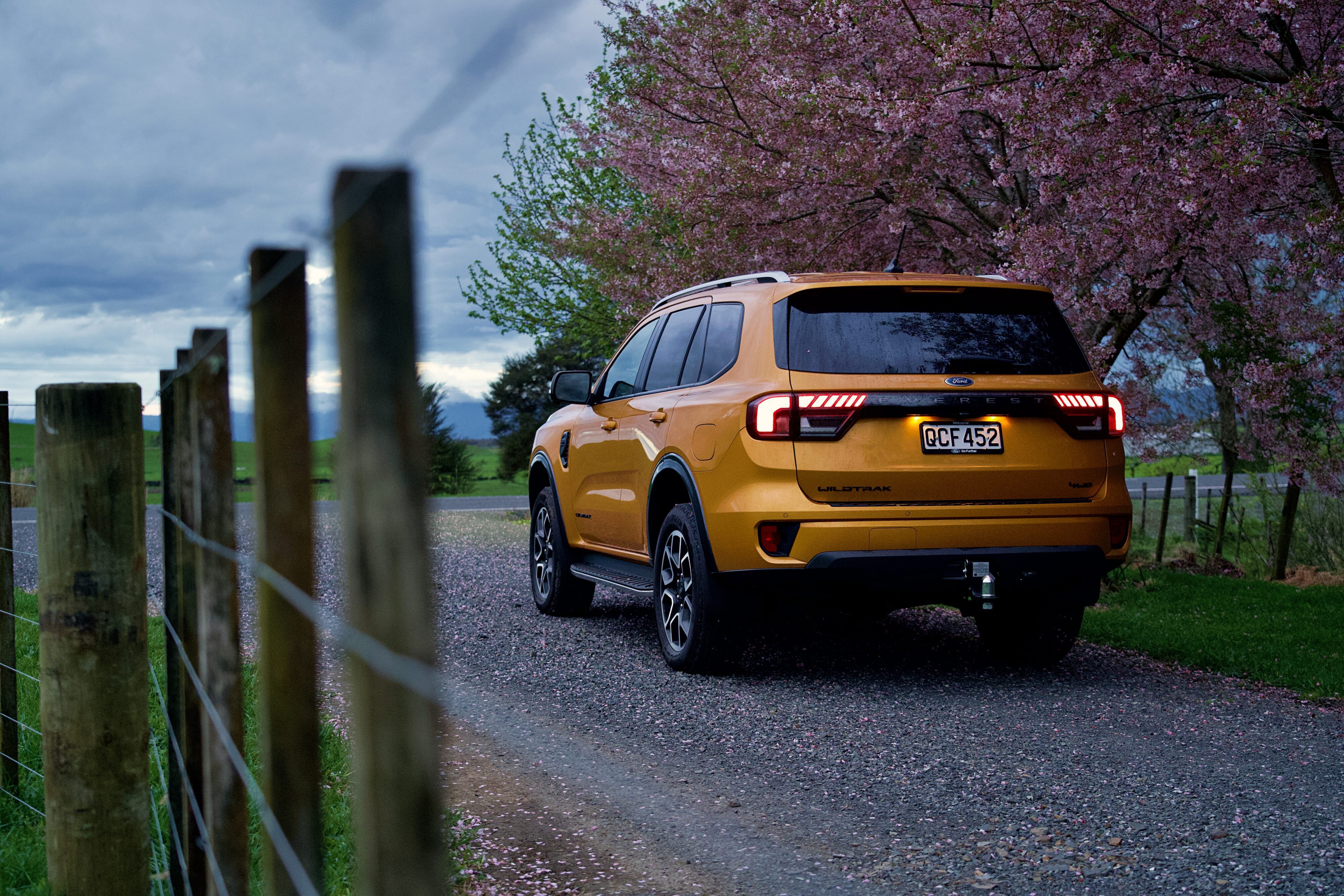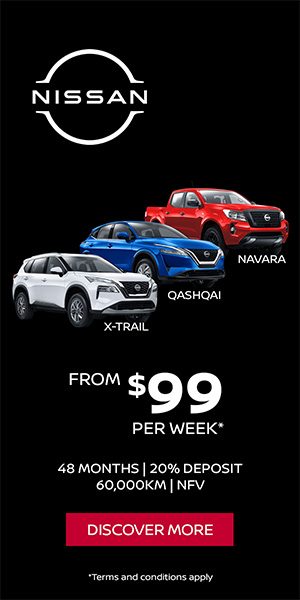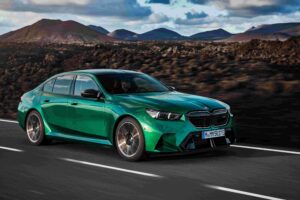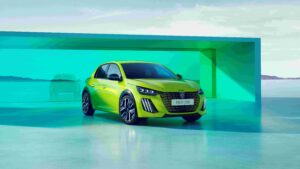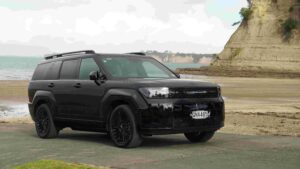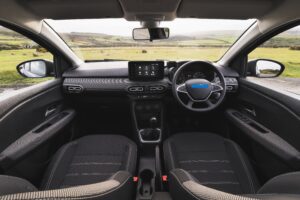I live in a house with a very narrow driveway that is not the most friendly to long or wide cars. So, after having a roster of cars that fit one or two of these categories, I thought the next one up would be an exception to that rule. I was quickly shown otherwise when Matt showed up with the new Everest Wildtrak – at 4940mm and 2.5 tonnes, it is no small car, but I didn’t mind that at all. Being extra careful when parking up is a small price to pay to have Ford’s newest addition to the SUV lineup, and one I was very keen to give a go.
Being derived from the successful latest generation of the Ranger, the Everest starts from a great framework to offer great comfort for 7 people and proper off-road and towing capabilities. I was a big fan of the revised design of the New Ranger when it was unveiled, and it’s great to see the same visual identity be rolled out to the Everest as well. Its previous generation always seemed a bit weird to me with its narrow track compared to the body, which is 100% solved this time. Here I am defending a move towards more aggressive design, but I’m happy to say the Everest, even in this Wildtrak guise, does without the usual bro-dozer look that Utes usually end up going for, and it’s best for it. I really like how it looks from all angles.

Speaking of the Wildtrak trim level, it adds a bit of flare with some shiny grey/black elements across the body, and off-road capable HT tyres wrapped around blackened 20-inch rims. Especially in this amazing Luxe Yellow colour (Sedona Orange might be another winner), it makes a statement wherever it goes. On the mechanical side of things, it brings the excellent V6 turbodiesel that packs 184kW of punch and tows 3.5 tonnes through a towing package that includes a towing mode and trailer brake controls.
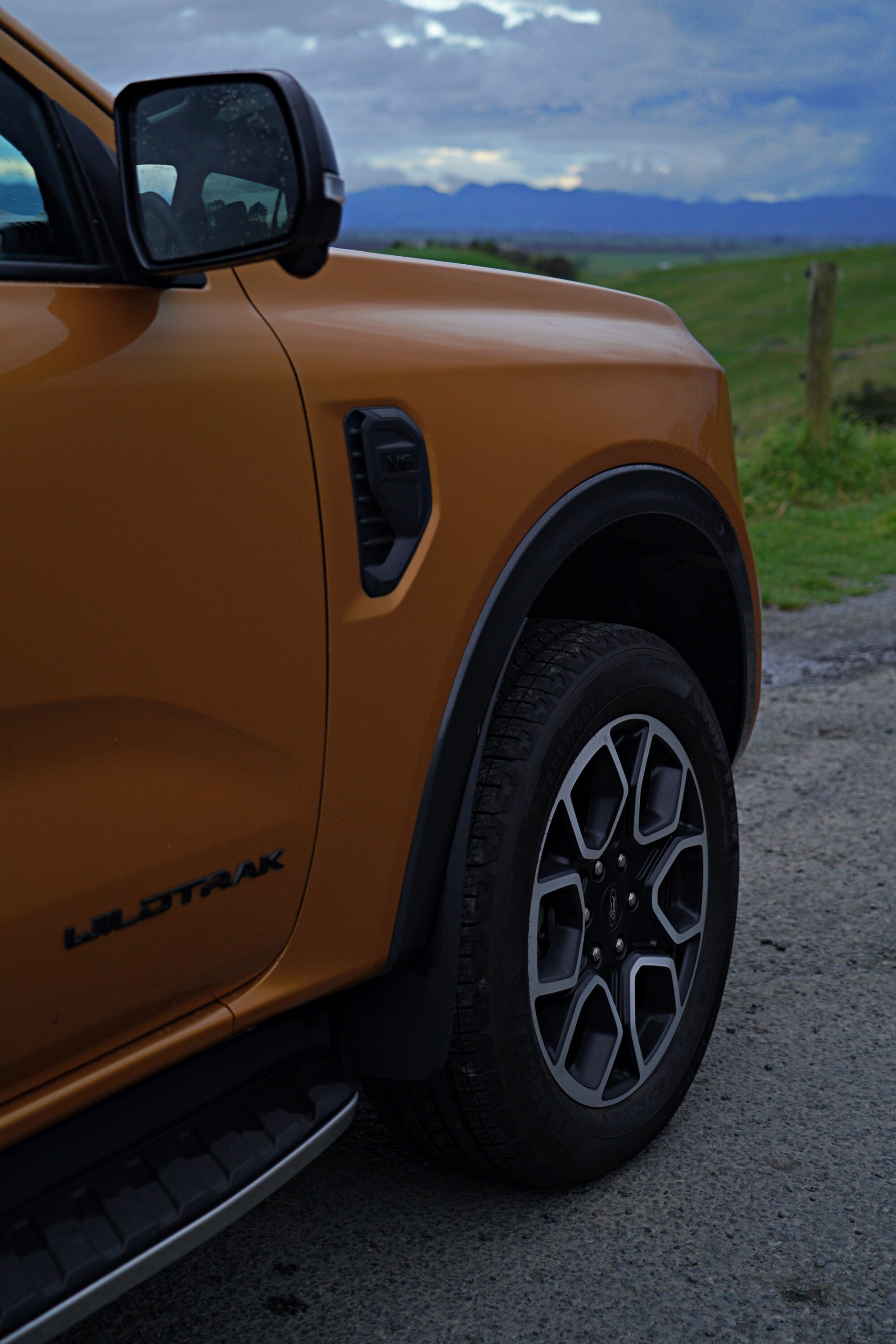
Above the Wildtrak there is the Platinum trim level, that trades some of the off-road pretensions for more bling in the form of chrome details and 1” bigger wheels. That presents the Everest more like a luxury product and could lead to a bit more motorway composure. Not that the Wildtrak was lacking on the latter, not at all – more on that in a bit, because very early in my time with the Everest I had a road trip leg of almost 300km. But first, I was meeting Matt for the video review. He had had it for a few days earlier, so when we met, I fast tracked my impressions by trying out as many things as I could in the car to cover them when discussing it with him.
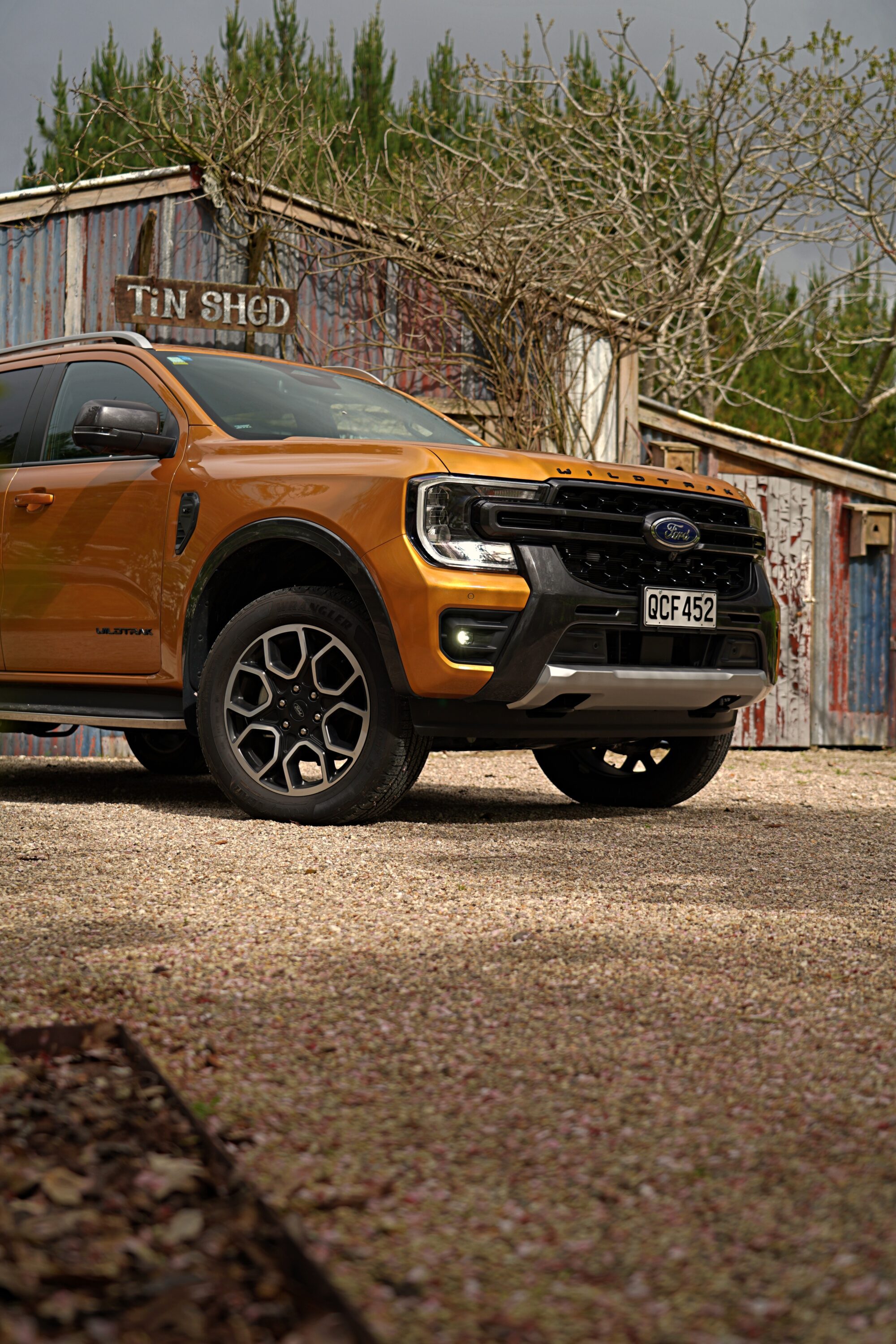
It instantly felt very familiar to the Amarok I had recently, and for good measure given they share most of the important bits. We drove to one of our review spots for some pictures and banter, sharing impressions about urban life with a vehicle of this size. Everything I had liked when trying out the Amarok is present here: excellent drivability, heaps of comfort and all the tech you could ask for.
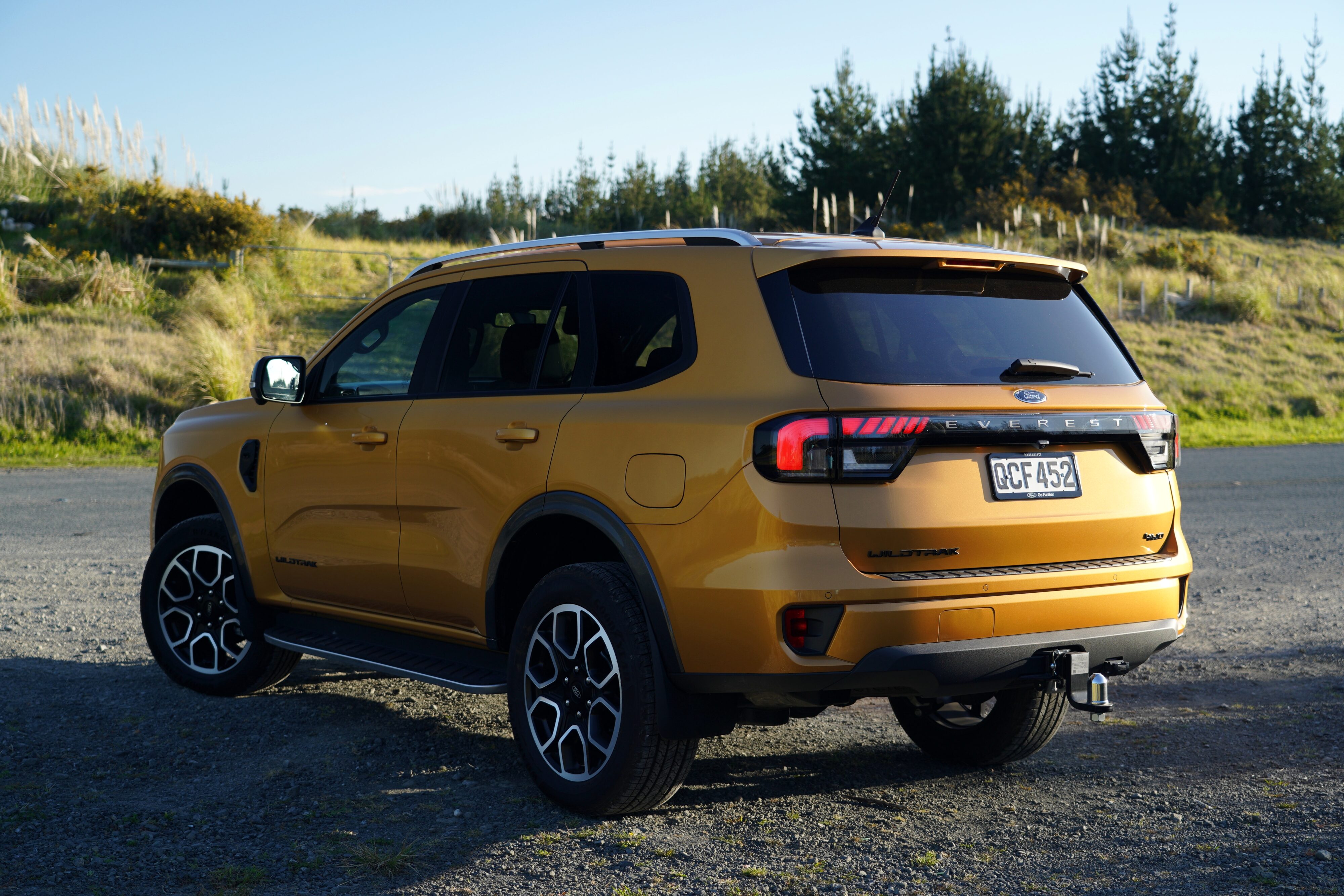
A difference, however, is the rear suspension architecture. Due to the lack of a bed and the smaller payload capacity, the Everest swaps the leaf springs for conventional helicoidal springs. And believe me when I say it, it completely changes things back there, and it was perceptible straight away, which made me even more eager to have it on the open road for a little longer.
With the video recording tasks finished, I drove it home to pick up the passengers and their luggage, and then do some grocery shopping for the trip. The third row of seats was still up from the review, but considering we were only four passengers, I folded that row down to reveal a total capacity of almost 900L. We then started loading for the trip, and the Everest dealt with the small suitcase, four backpacks and many paper bags like they were nothing. This same story continued when we finished shopping and chucked 5 extra full paper bags there – unless we were buying food for a month, boot space was not going to be a problem. When we finished loading stuff, the combination of the power operated tailgate and the easy access to get in and out were welcome additions that make living with such a big car in tight spots much easier.
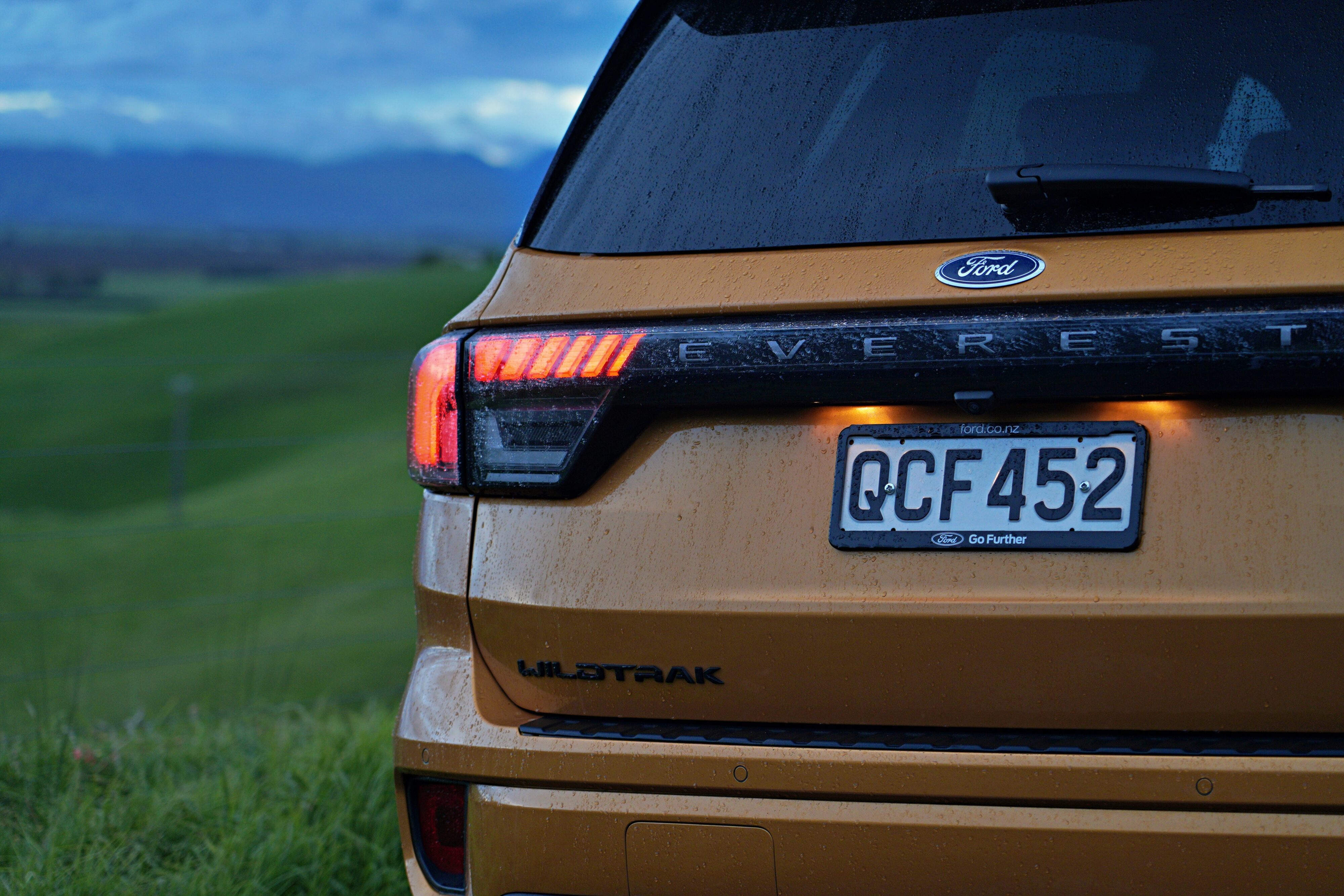
Climb inside using the great sidesteps (that I used every single time) and you’ll see this is actually a great place to be in. The 12-inch screen on the centre dominates the tech interaction and offers a great mix of physical and touch controls, I could see myself living with it everyday. The leather seats are very comfortable, and the massive range of adjustability of the electrical controls made it easy to find driving positions to support me on the longer drive, especially with my long legs. My only complaint here is with the steering wheel stalks: they feel cheap compared to the rest of the cabin and don’t offer enough feedback to know when they’re actually engaged, to the point I questioned myself if they were operating properly. Nitpicking much?
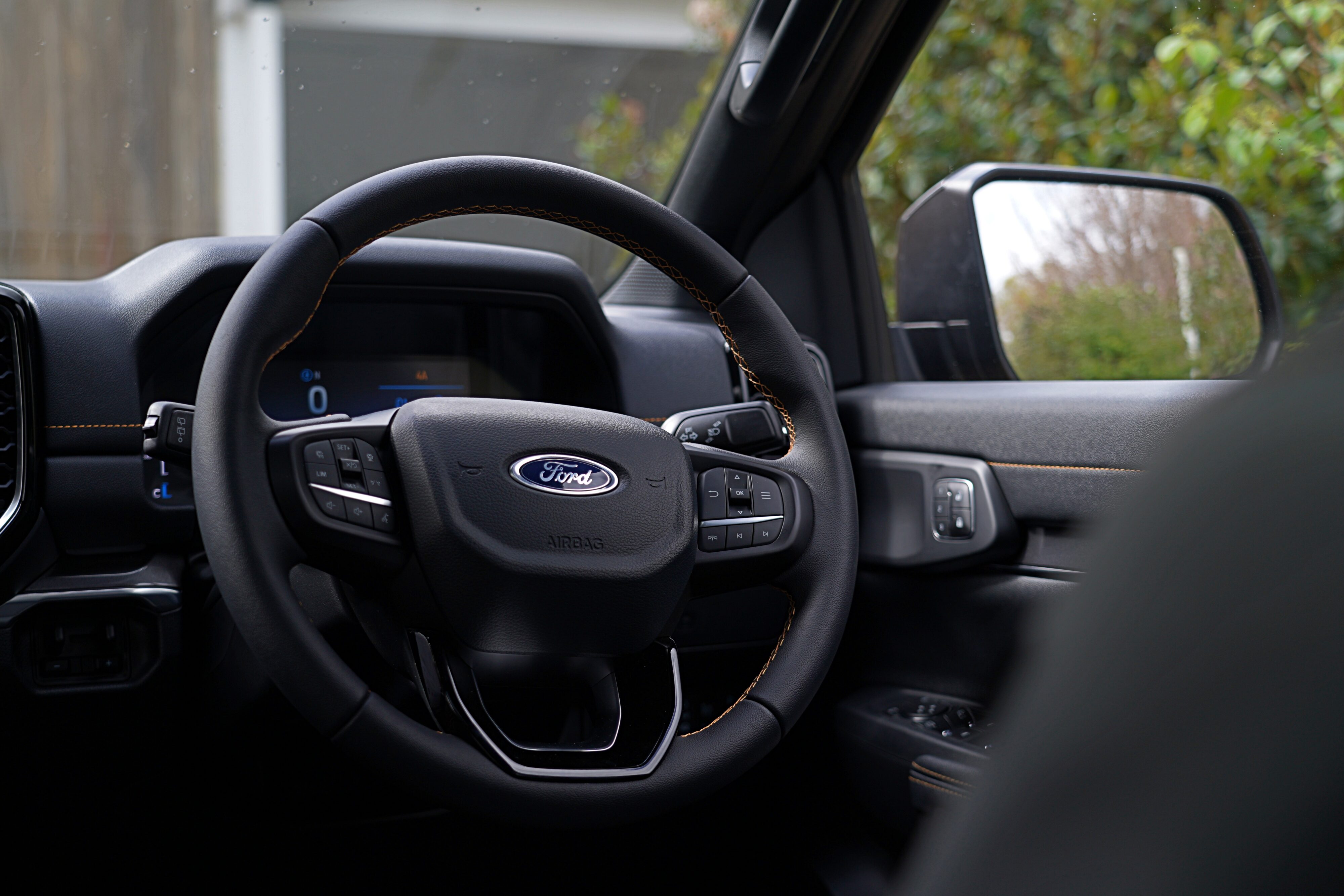
Once on the road, I caught up with my friends on mundane events while dropping the eventual car fact on my captive audience. Our final destination for that night was Papamoa Beach (close to Tauranga), where we have two couple of friends that we end up visiting more often on the warmer half of the year for obvious reasons. The same way as myself, the Everest seemed to be craving some motorway driving, and it made it clear to me it liked being there. While in tenth gear, it cruised at 100km/h at around 1300rpm, thus bringing the diesel consumption average from 10 down to 7.9L/100km, even considering I had more people with me. Not bad!
Just after Matamata, there is a very hilly and windy piece of road, and there the 600Nm of torque took the Everest from corner to corner like it weighted half a tonne less than it does. I was on the fast lane for the whole of that hilly part of the trip as no one else had that much power on tap to handle that section.
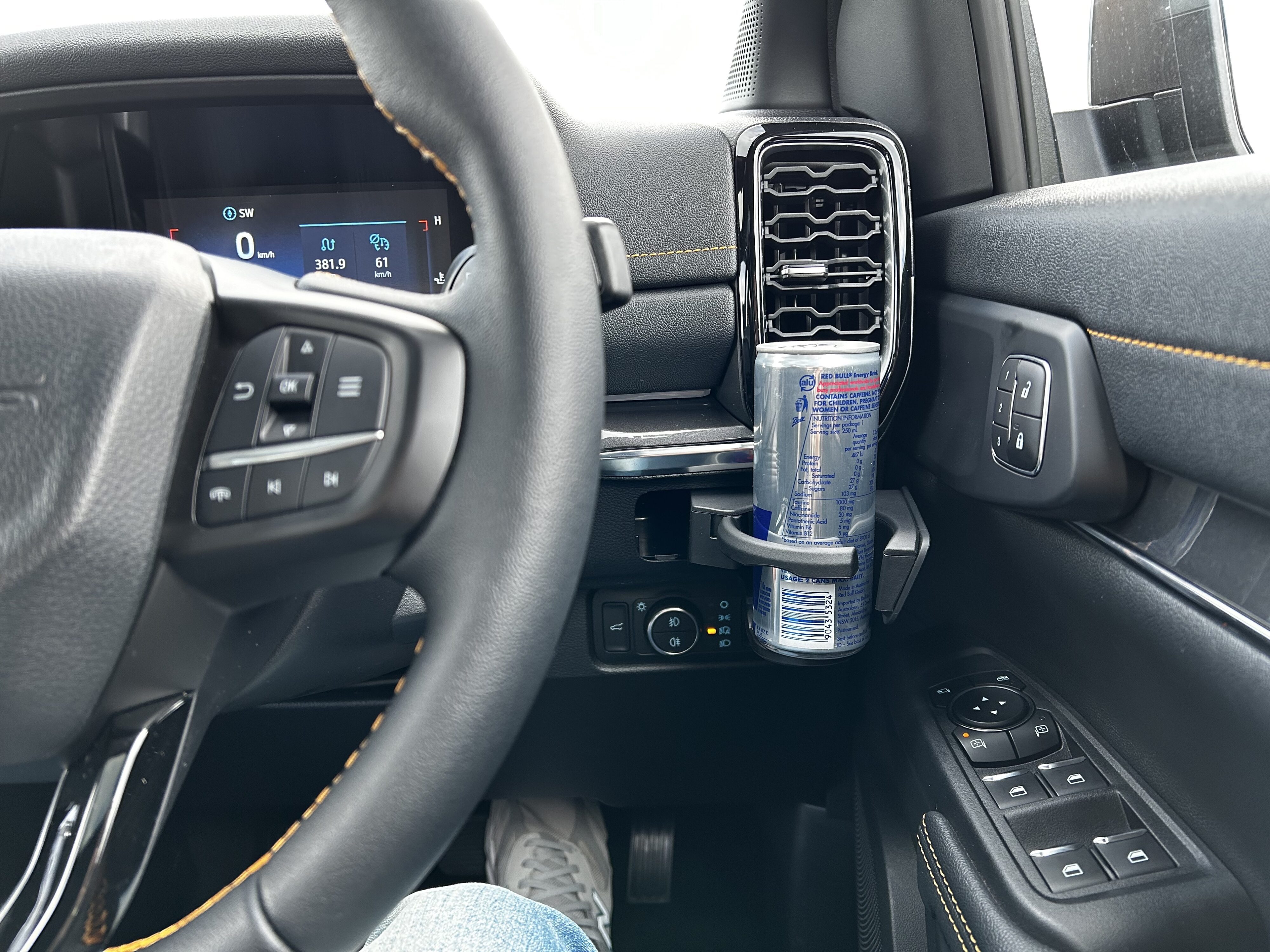
The almost 300km were finished in no time, and after that long a day, I just wanted a bed. As for the next morning, it started early with a 10km run plus a hike of Mount Maunganui, a staple in our visits to Papamoa that seems to never get easier to tackle no matter how many times I do it. The view from up there is hard to beat and is one of the best in the whole region. Weather could not have been better, with blue skies and low wind, and that’s always welcome and helps build this anticipation to what should be a great summer ahead of us. Every time we’re here, the itch to drop everything in Tamaki Makaurau and come here always hits, but I know I’m hardly the first one to make this exact move.
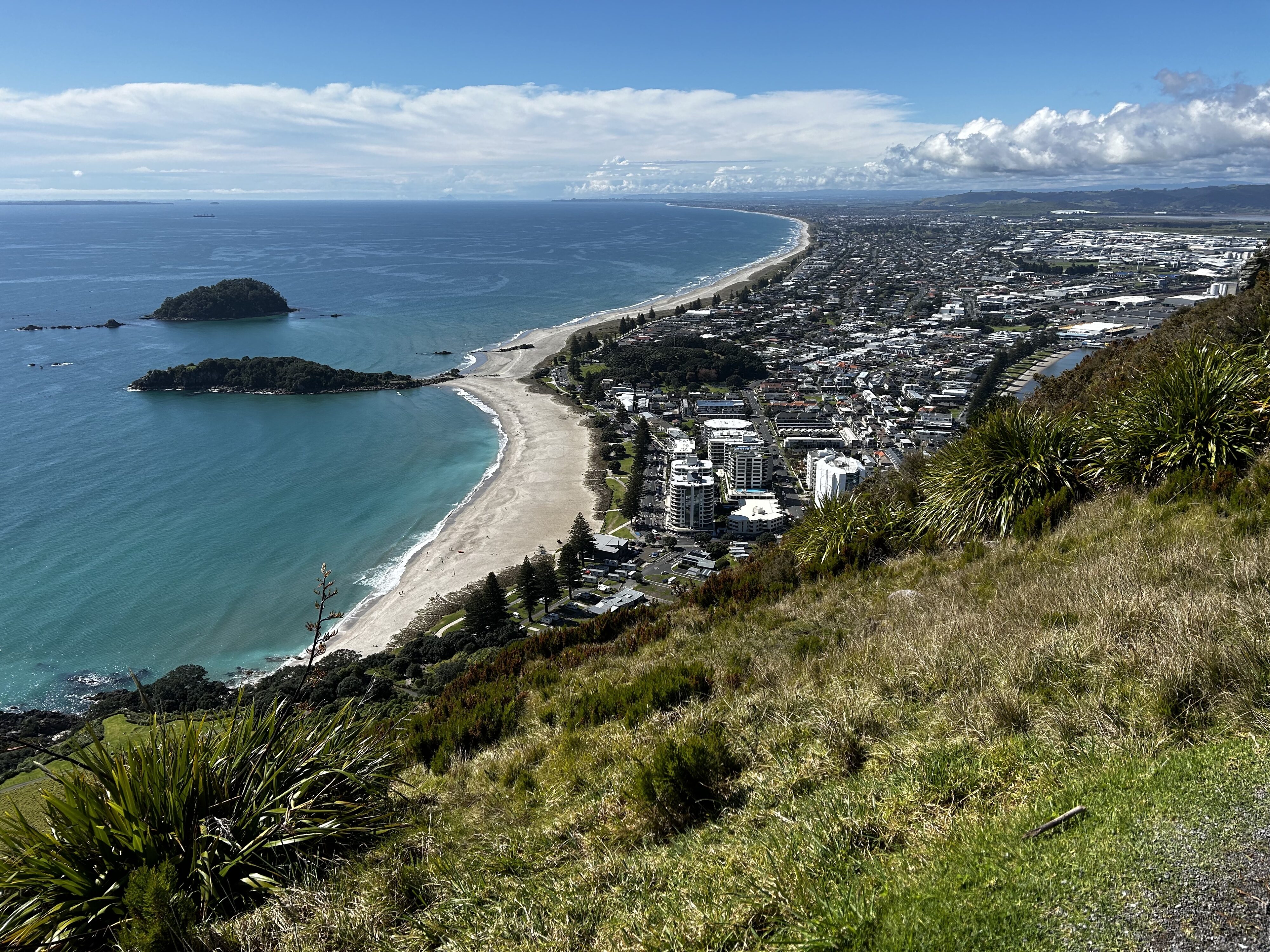
On the way back, we put six people in the Everest for the first time. Access to the last group of seats is somewhat compromised given how little the second-row seat base moves forward, but once there it was more than enough space for two adults to take a short drive. All six of us each had their own air vent to cool off after the run, although it was only my partner and I that could benefit from one of the quietest seat ventilators I’ve tried so far, equipped to the front seats.
As for the afternoon, we drove to the neighbouring settlement of Pongakawa, which includes a quick detour through a secondary road. And this was when I started paying even more attention to how many of these bigger Ford vehicles you see once you leave the big centres – people seem to love these here and I understand it more and more as I drive the Everest. We went to visit a farm, and this was where I took most of the pictures for this article. The setting fits the car perfectly and is another great opportunity to see the Ford in its element.


We got some seriously heavy rain on the way back. Even though the car was always surefooted, I used the opportunity to use the drive mode selector on the centre console to put the Everest in “Slippery” mode, which automatically shifts the car to automatic 4WD and (maybe?) changes throttle calibration ever so slightly. There are other modes that will adapt the technology around you to suit the terrain and situations you are likely to face, including turning off traction control and turning on the front camera when you go into the Ruts or Sand modes, for example. Very clever, and definitely something that the more hardcore customers of the Everest will be expecting to extract everything from its off-road credentials.

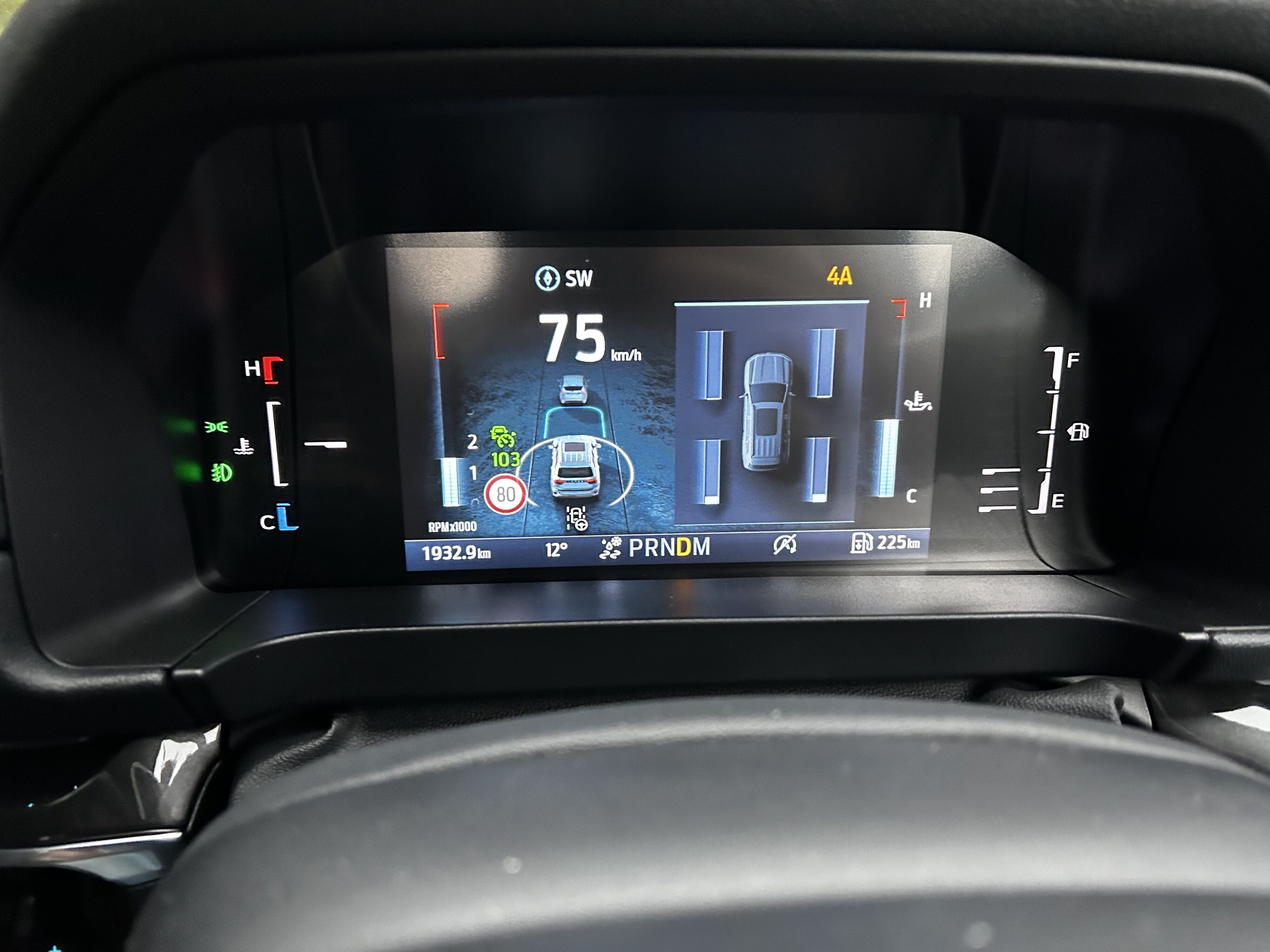
Once back to Auckland, the urban part of the review started, and the very first day of the salary-man grind involved a visit to the office. You are constantly reminded of how big of a car you’re driving when even mid-size SUVs dwarf beside the Everest, but not to the point where it feels out of place or struggles to get around. That claim has the eventual exception, however – when I had the Amarok Aventura, I had to drive back home due to it not making it into my office’s parking lot. I did learn my lesson and this time around booked a parking spot on the first floor so I didn’t have to deal with the height constraints of the upper floors. When on the move, the smooth adaptive cruise will handle bumper to bumper commute, the sound system is very good and the big sunroof brings some welcome sunlight into the cabin.
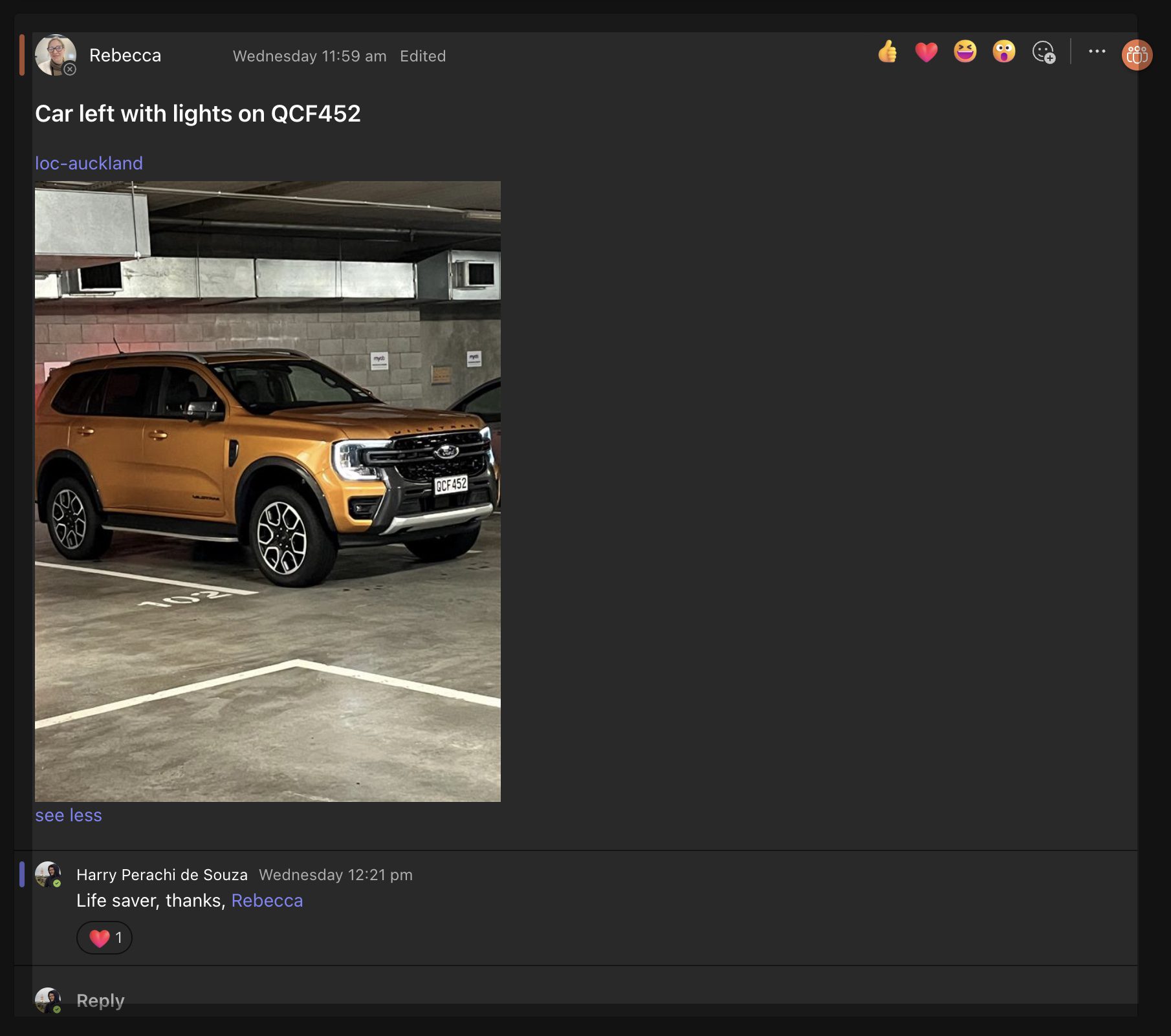
On another of the urban days, I had to drive somewhere with a very tight (outdoors) parking lot. In my Amarok review, I complained about the lack of a dedicated button to access the cameras around the vehicle, and the Everest solves that with an on-screen one that’s always visible, and brought up the 360-degree camera I needed to ensure I was within the lines. The Amarok, however, did offer Park Assist that would maybe automatically handle all of this, a feature absent in the Everest. Win some, lose some, I guess.
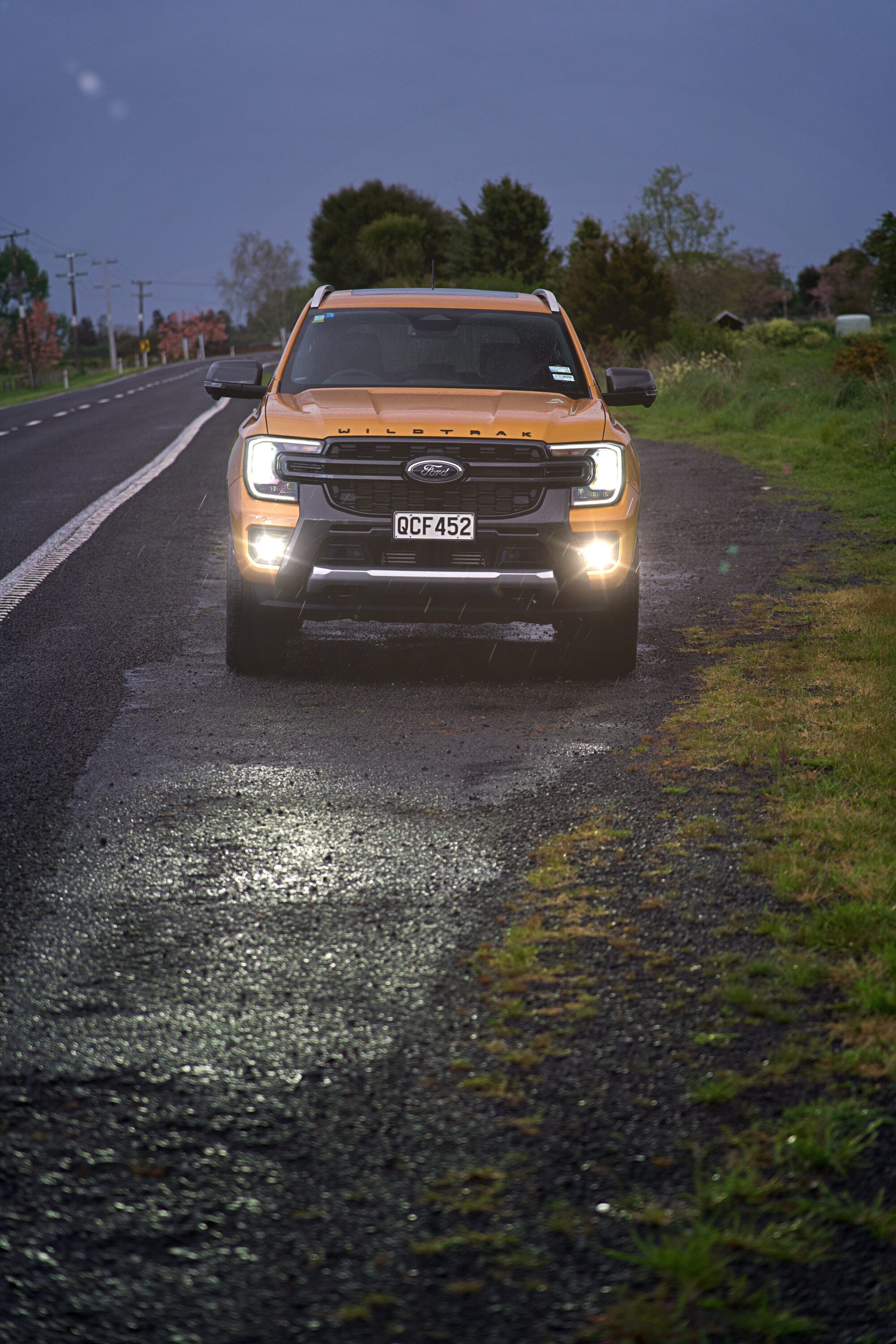
A close friend of mine is always enthusiastic about the cars I review, so I often go to him to grab his point of view. We were browsing through the sea of customisation options of the menu when I stumbled upon a selector for the ambient lighting. It had been turned off this whole time, which I find to be a crime – I immediately turned it on for the rest of my time with the Everest and was greeted by Ford’s light blue hue whenever lights were on, constantly reminding me of my father’s 1986 Ford Del Rey that had a roof clock illuminated with the exact same colour.
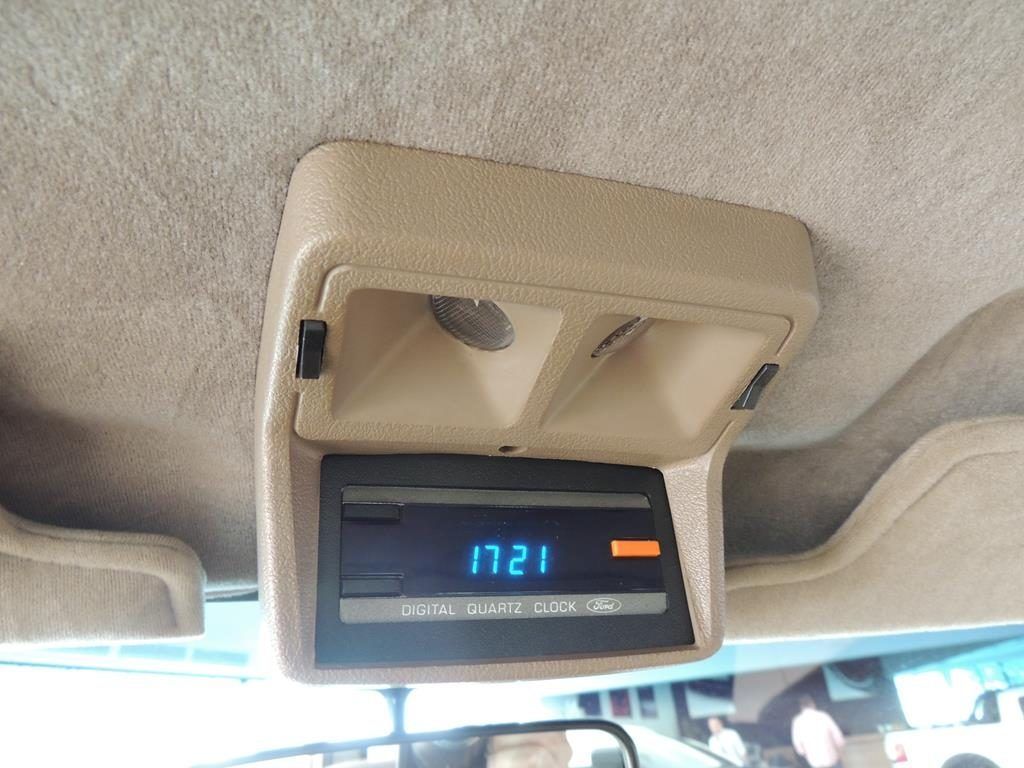
He also liked the extended view of the wireless Apple CarPlay connectivity (I’m with him on that one), which just shows how far into tech-fest land cars like this have come recently. I was no longer a novice driver at a time where a car in this segment would come with cassete players, all the while sedans were offering Bluetooth and MP3.
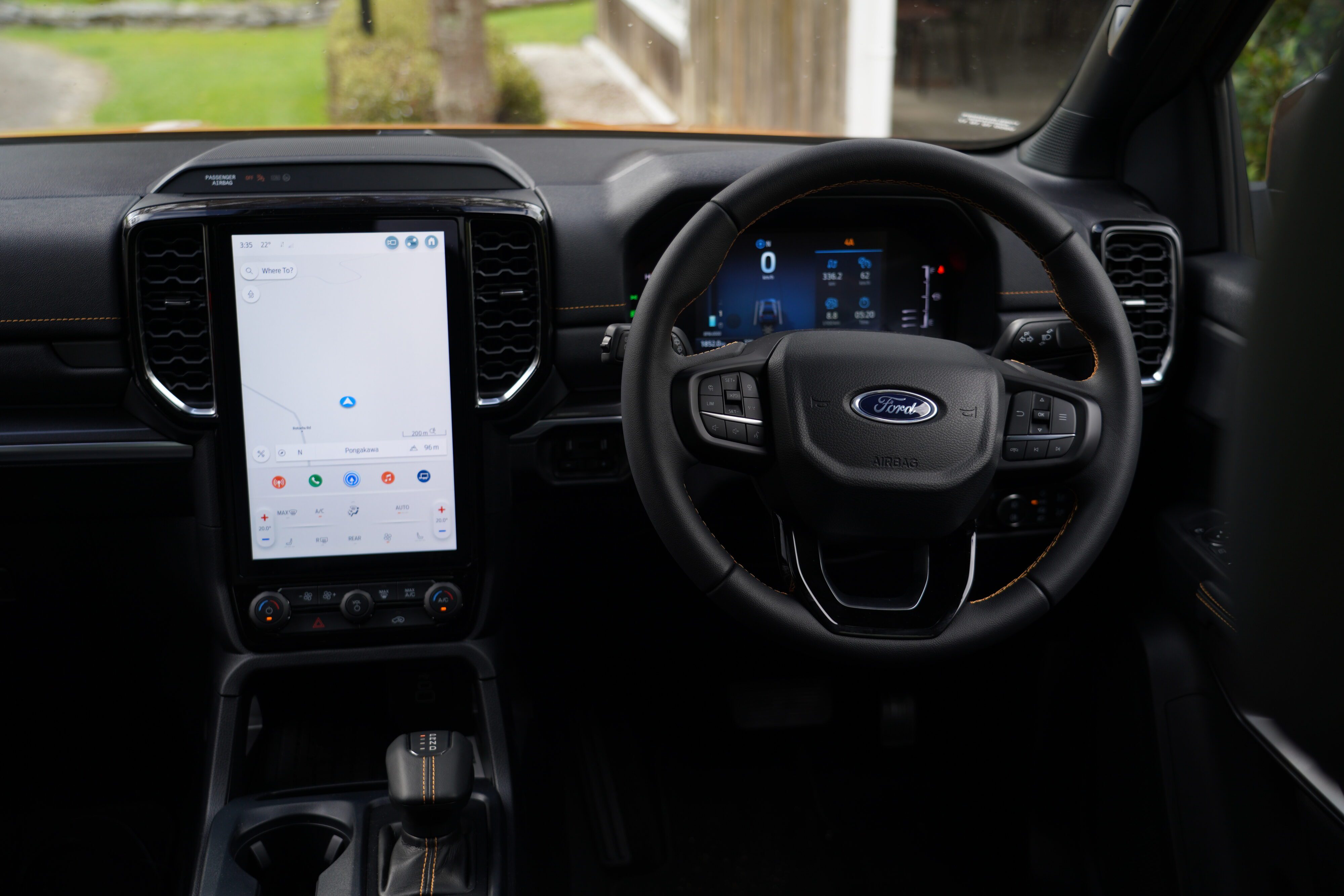
But to me, the biggest highlight of my time with the Everest was the rear suspension layout. It became very evident after experiencing the two architectures basically back-to-back – especially when unladen, it leads to a more compliant ride on all terrain types and more comfort for all occupants. The second row of the SUV is more suitable for longer trips than the ute because of its seating angle and, while not a consequence of the suspension architecture itself, can only be had with the SUV that has it, so my weak argument still stands!
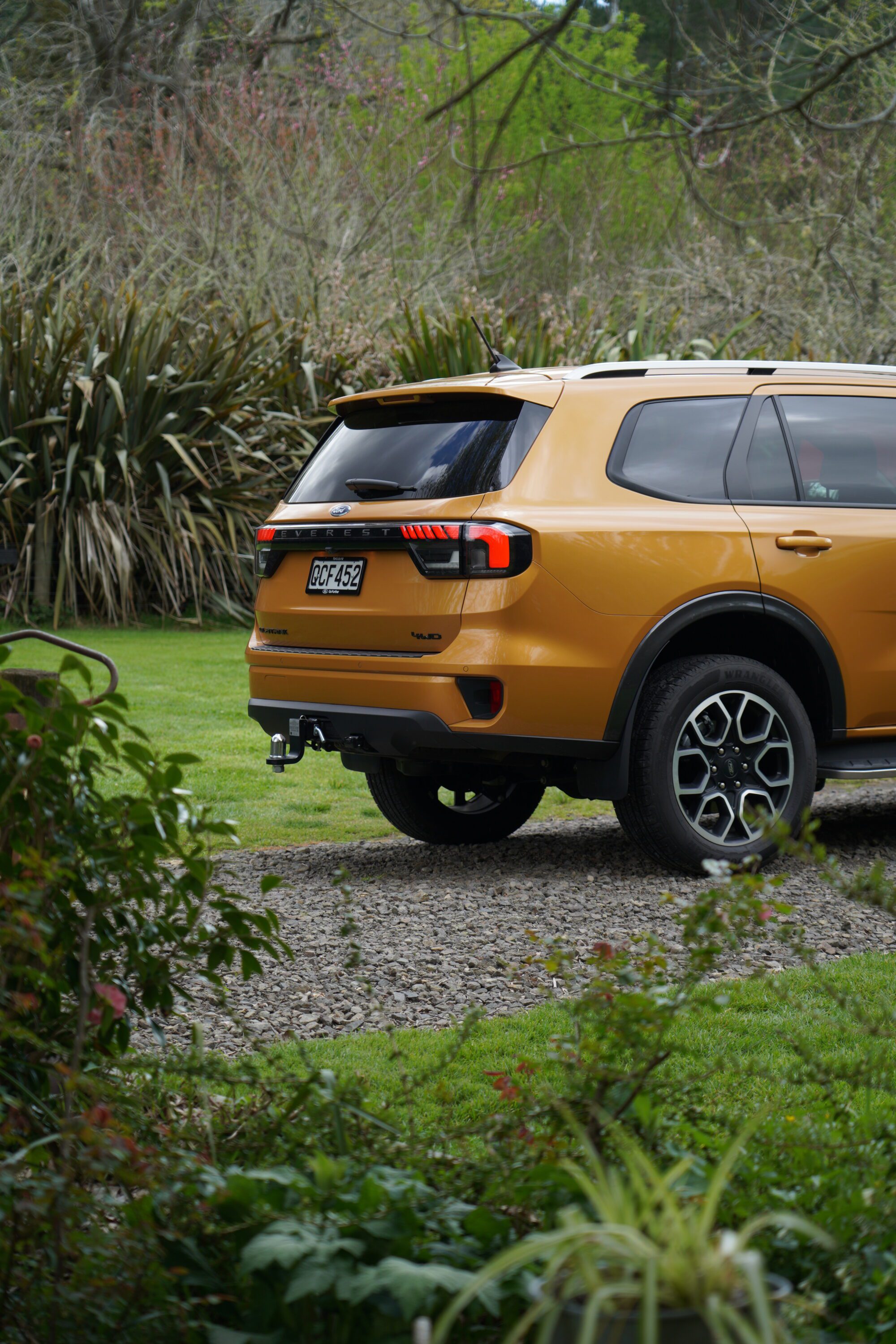
And, after almost 800km with it, eventually it was time to return the Everest. And the good first impressions not only lasted, but improved. It starts from a winning formula and adds things that, for my skewed use case, only make it a better car. I just find it too bad that I don’t have a big family, or a caravan, horse float or track car I need to tow so that I can justify having such a great piece of machinery like this. Maybe it’s time I start working on that last one… Thanks for reading!

